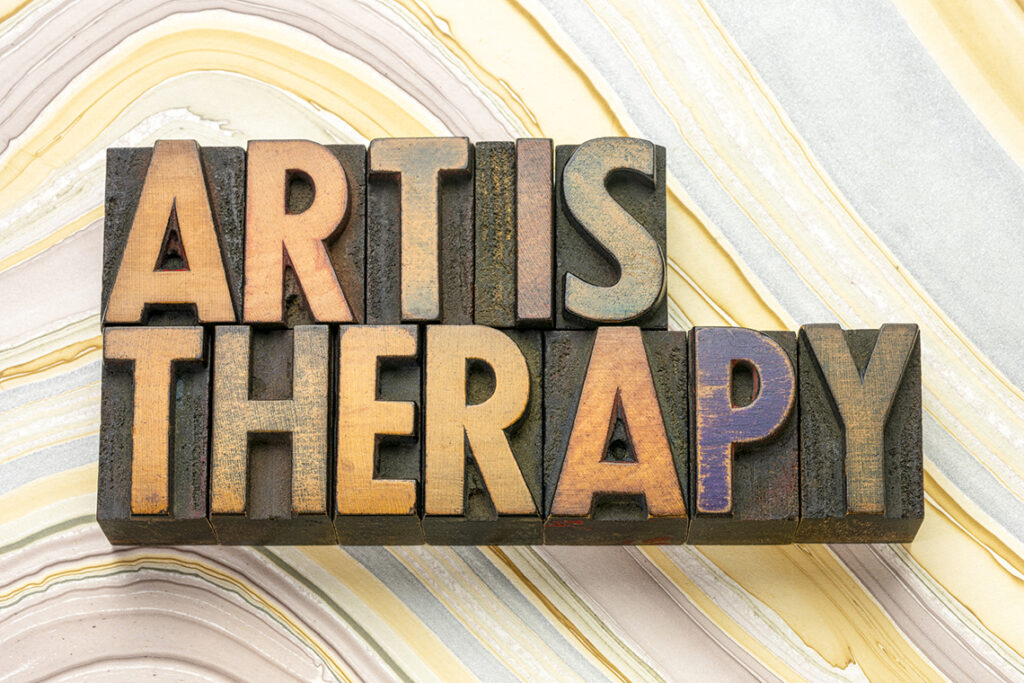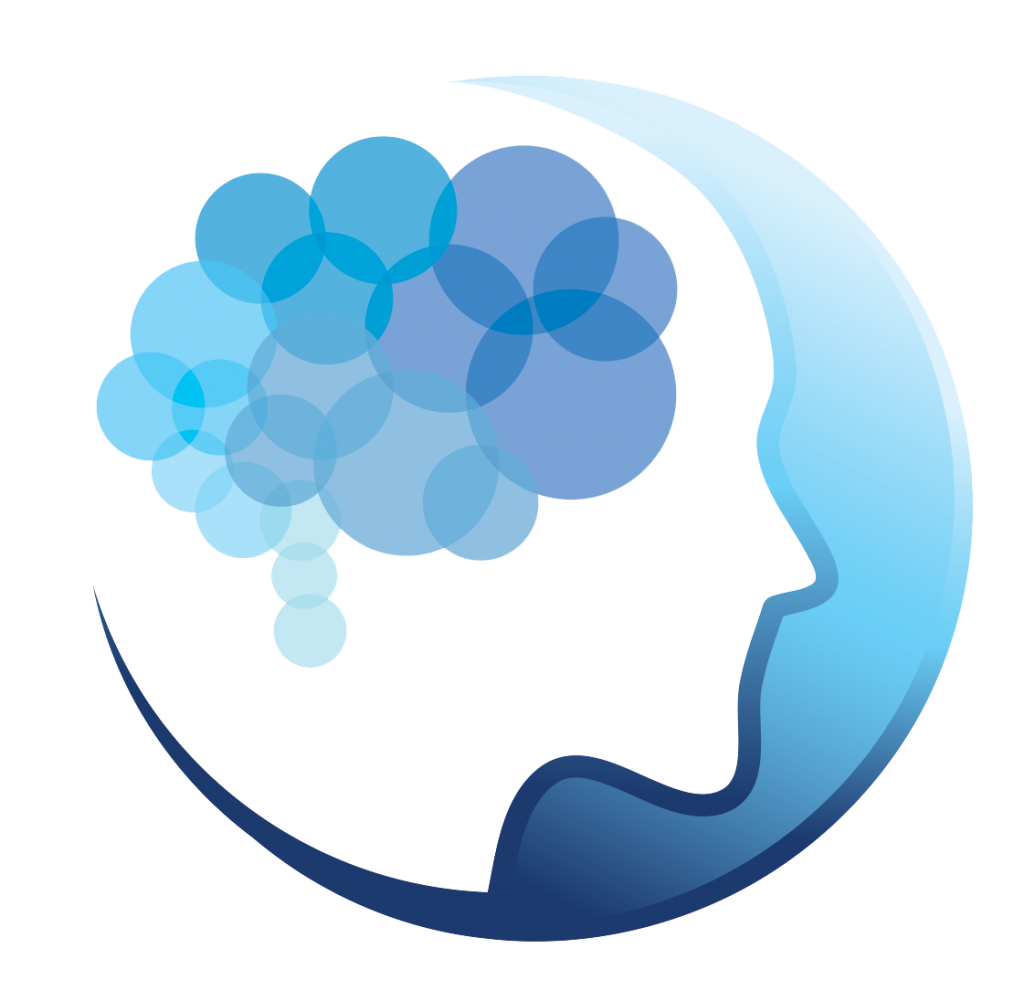Related Resources
For Havening Techniques®
In this video, Dr. Kate Truitt begins sharing her story of traumatic grief, and explains that even as a clinical psychologist, neuroscientist, and expert in stress trauma and resilience, she’s also been wounded by her own brain’s journey. It was a journey of pain, a depth of darkness she’d never experienced. This series is about how to navigate these nuances. Just because we know something, doesn’t mean our brain is capable of navigating the world with that knowledge. Amy the Amygdala is four times faster than the blink of an eye and four times faster than our rational thinking brain.
Left Right Handed Journaling Exercise: A Therapeutic Tool for Insight
In this psychoeducation video, Dr. Kate Truitt walks us through the Dominant Non-Dominant Hand-Writing Exercise, where we communicate with the unconscious. Our dominant thoughts often run the show, but with this exercise we can have a conversation with our own brain. The dominant hand poses a question, and then the non-dominant hand responds from the feeling state.
Healing Through the Art of Storytelling
By Dr. Kate Truitt
Have you ever experienced a difficult period in your life where nothing seemed to go your way? Maybe you lost someone close to you, struggled with a mental health condition, or faced challenges in your personal or professional life. Whatever it may be, I know my version of how tough it can be to pick yourself up and move forward.
In the face of unspeakable loss, one of the things I turned to is writing. Each word, each sentence became a desperate attempt to grasp onto the fragments of my shattered reality.
Here is an excerpt from my new book, Keep Breathing:
We all have moments in life that create an irreversible chasm between what was and what will be. Mine happened when I was only 29 years old, on a warm day in June, the so-perfect-it’s-cliché time for weddings. The chapel is packed beyond standing room with people; they’ve overflowed into the parking lot. There are flowers all around me. Soft music plays as guests greet each other in a reverent hush. All of this was meant for my wedding. Now it’s for a funeral instead.
The flowing fabric of the brightly flowered sundress I’m wearing feels as out of place as the wedding dress I rebelliously threatened to wear instead, much to the horror of John’s very Catholic family. My usual streamlined black attire would have been more appropriate. But this was supposed to be my day to wear the white gown while celebrating life and love. With this in mind, I had forbidden black at the funeral. Johnny was about light and joy, and I’m determined that today we will celebrate his life despite the despair that threatens to engulf us.
In this YouTube video, eventually the first of a YouTube series, I share my personal story with traumatic grief and loss.
Healing Through Storytelling

At its heart, storytelling is a way for individuals to share their experiences, emotions, and perspectives with others. This act of sharing can be deeply therapeutic, allowing individuals to process and make sense of their experiences, connect with others, and gain new insights into their own lives. For individuals facing challenges such as trauma, illness, or adversity, storytelling can be a powerful way to cope with and overcome these challenges.
But storytelling isn’t just about sharing one’s own experiences – it’s also a way to connect with the universality of the human experience. Through stories, we can come to understand that we all face similar challenges, have similar emotions, and share similar hopes and fears. This shared connection can foster a sense of empathy, understanding, and shared humanity that is essential for healing and personal growth.
The Therapeutic Benefits of Storytelling

Research has shown that storytelling can have a range of therapeutic benefits for individuals facing challenges such as trauma, grief, or adversity.
Storytelling can:
- Reduce symptoms of depression, anxiety, and post-traumatic stress disorder (PTSD)
- Improve self-esteem and feelings of self-worth
- Increase resilience and coping skills
- Promote post-traumatic growth, or the ability to find new meaning and purpose after a traumatic experience
Through storytelling, individuals can gain new perspectives on their experiences, redefine their identities, and find new ways to move forward. This process of personal growth and transformation is key to building resilience and thriving in the face of adversity.
Therapeutic Storytelling Techniques

1. Journaling
Grab a pen and a notebook, and let your thoughts flow freely onto the pages. Journaling provides a safe space for you to process and understand your emotions. Expressive writing, such as journaling, can improve emotional well-being, reduce stress, and even enhance immune function. Through journaling, you can explore your thoughts and feelings, gain clarity about your experiences, and uncover new insights to guide your personal growth.
One unique kind of journaling is called the Dominant Non-Dominant Hand-Writing Exercise (DNDH) or more commonly known as Left Right Handed Journaling. Our dominant thoughts often run the show, but with this exercise we can have a conversation with our own brain. The dominant hand poses a question, and then the non-dominant hand responds from the feeling state. You can learn more about the left-right handed journaling exercise in this YouTube video.
2. Creative Writing
Embrace your inner storyteller and let your imagination run wild. Creative writing, whether in the form of stories, poetry, or songs, allows you to express your emotions and experiences in a way that goes beyond traditional journaling. Through creative writing, you can create fictional worlds and characters that mirror your own struggles and desires. By engaging with your creativity, you can explore different perspectives, find catharsis, and discover new pathways to personal growth and transformation.
3. Narrative Therapy
Sometimes, we need a guided approach to dive deep into our stories and reshape our narratives. Narrative therapy, often facilitated by a trained professional, helps individuals examine their life stories from a different perspective. Through this collaborative process, you can reinterpret your experiences, challenge negative beliefs, and develop new, empowering narratives. By reframing your stories, you can unlock your strengths, connect with your values, and take charge of your own life journey.
Using Storytelling Effectively for Self-Exploration and Personal Growth

To make the most of storytelling for self-exploration and personal growth, here are some tips:
- Create a safe space: Find a quiet and comfortable environment where you can focus on your thoughts and emotions without distractions or judgment. Give yourself permission to express your thoughts and feelings honestly and without self-censorship.
- Practice mindfulness: Take time to pause, observe your thoughts and emotions, and reflect on recurring patterns. Mindfulness allows you to deepen your self-awareness and gain insights into your innermost thoughts and feelings.
- Embrace vulnerability: Allow yourself to lean into vulnerability and explore the uncomfortable aspects of your experience. It is often through vulnerability that we find strength, resilience, and personal growth.
- Seek support: Engage with a trusted friend, mentor, or therapist who can provide guidance and support on your storytelling journey. They can help you navigate challenges, offer new perspectives, and hold space for your growth.
If you notice emotional activation while doing any of these activities, take a moment for self-care and use the CPR for the Amygdala Technique. Please find the complete playlist here.
The Role of Storytelling in Promoting Empathy and Understanding
In addition to its therapeutic benefits, storytelling also has the power to foster a sense of empathy and understanding between individuals. By sharing our own experiences and listening to the stories of others, we can gain new insights into different perspectives, build bridges between communities, and promote social cohesion.
This emphasis on empathy and understanding is crucial for building more resilient and connected communities, especially in the face of adversity. By recognizing the shared humanity in all of us, storytelling can help to break down barriers, reduce stigma, and promote a sense of belonging and connection.
What About Those Who Don’t Have a Coherent Memory or Narrative of Their Traumatic Experience?
For some individuals who have experienced trauma, remembering and recounting the narrative of their traumatic experience can be a challenging and distressing process. It’s important to acknowledge that not everyone will have a clear and coherent narrative to share. However, even if the memories are fragmented or inaccessible, storytelling can still play a valuable role in the healing and recovery process.
I invite you to watch this short YouTube video on Trauma Healing When You Don’t Have a Story and also read this blog on Healing Trauma: The Mind and Body Remember
When traditional narrative therapy approaches may not be feasible due to memory difficulties, alternative therapeutic methods can be explored. These approaches focus on utilizing different forms of expression, such as art, music, body movement, and sensory experiences, to access and process emotions related to trauma.
Art is therapy

When traditional narrative therapy approaches may not be feasible due to memory difficulties, alternative therapeutic methods can be explored. These approaches focus on utilizing different forms of expression, such as art, music, body movement, and sensory experiences, to access and process emotions related to trauma.
1. Art Therapy
Art therapy can provide a safe and creative space for individuals to express their emotions and experiences symbolically, without relying on verbal storytelling. Through painting, drawing, or sculpting, individuals can tap into their subconscious mind, exploring imagery and symbolism that represents their emotions and inner experiences.
2. Music Therapy
Melodies, rhythms, and lyrics can evoke emotions and bring forth feelings associated with the trauma, even without having to remember the traumatic memory. Engaging in music-making activities, listening to carefully curated playlists, or exploring lyric analysis can help individuals explore their emotional world and find catharsis.
3. Movement-Based Therapies
Movement-based therapies, such as dance or yoga, can provide another avenue for individuals to connect with their bodies and emotions. These practices focus on nonverbal expression and can help release tension, process emotions, and build a sense of safety and control. Embodied experiences can bring forth sensations and feelings related to the trauma, even without the need for explicit narratives.
By exploring these alternative therapeutic methods, individuals who struggle to remember or articulate their traumatic experiences can still access healing and growth. These approaches recognize that the narrative of trauma is not solely dependent on verbal storytelling and open up new avenues for self-expression and processing emotions.
The goal of storytelling in the context of trauma is not limited to recounting the specific details of the traumatic event. It’s about creating a safe space for individuals to explore and make meaning of their experiences, regain a sense of control, and restore their well-being. Even without a clear narrative, these alternative therapeutic techniques can support individuals on their healing journey.
Remember, each person’s experience is unique, and finding the right approach for healing is an individual process. If you or someone you know is struggling with traumatic memories, it’s important to seek support from qualified professionals who can offer guidance and personalized strategies for healing.
Conclusion

Humans have been telling stories since the beginning of time. Storytelling is a fundamental aspect of our shared human experience, and it plays a vital role in understanding ourselves and the world around us. Stories enable us to give voice to our deepest emotions, confront our fears, and find meaning in life’s struggles. By engaging with stories, whether our own or those of others, we tap into a wellspring of self-discovery, self-expression, and personal transformation.
Human lives are intricately woven together by the stories we tell ourselves and share with others. Within us, there resides a profound desire to find meaning, to make sense of the intricate tapestry of our lives and the relationships we hold dear.
Foundationally, we are meaning-making beings, and it is through the sharing of stories, the preservation of cherished memories, and the imparting of wisdom that we understand the world around us.
In times of loss, these stories become our guiding lights, offering solace and connection, providing the meaning we seek. Our brains, in the aftermath of grief and trauma, become finely attuned to the meaning-making process, amplifying the importance of everyday experiences.
— an excerpt from my book, Keep Breathing
Keep Breathing: A Psychologist’s Intimate Journey Through Loss, Trauma, and Rediscovering Life
Fourteen years ago, I completed and then posted a photo of the first painting I was able to create after the passing of my fiancé John. I called the painting Possibilities. That painting is now the cover image of my new book, Keep Breathing: A Psychologist’s Intimate Journey Through Loss, Trauma, and Rediscovering Life.

You can pre-order your copy today through this link.
To help you learn more about this topic, here are all the resources I mentioned throughout this blog post:
- My Personal Story with Traumatic Grief and Loss with Dr. Kate Truitt [YouTube Video]
- Left Right Handed Journaling Exercise: A Therapeutic Tool for Insight with Dr Kate Truitt
- CPR for the Amygdala – How to’s and Guided Exercises
- Trauma Healing When You Don’t Have a Story by Dr. Kate Truitt
- Healing Trauma: The Mind and Body Remember
If you’re looking for additional mental health resources:
- Connect with me on TikTok where I share daily videos on mental health, therapy, and psychology.
- Subscribe to our YouTube channel for tons of psychoeducational and guided exercises that can help you in your healing journey.
- Grab a copy of my book Healing in Your Hands. Within its pages are real life examples and practical tips and insights you can use to heal the past, create the present and build the future you want.
We also offer the following mental health services if you’re currently residing in California:
References
Storii. (2023). 10 Ways Storytelling Provides Mental and Physical Health Benefits. Retrieved from https://www.storii.com/blog/storytelling-mental-physical-health-benefits
Worsfold, L., & Hadley, S. K. (2022, October 10). How Storytelling Is Good for Your Mental Health. Verywell Mind. Retrieved from https://www.verywellmind.com/how-storytelling-is-good-for-your-mental-health-5199744
Kim, H., Schelble, E. K., & Gold, N. A. (2021). Storytelling increases oxytocin and positive emotions and decreases cortisol and pain in hospitalized children. PMC, 8179166. Retrieved from https://www.ncbi.nlm.nih.gov/pmc/articles/PMC8179166/: https://www.ncbi.nlm.nih.gov/pmc/articles/PMC8179166/










